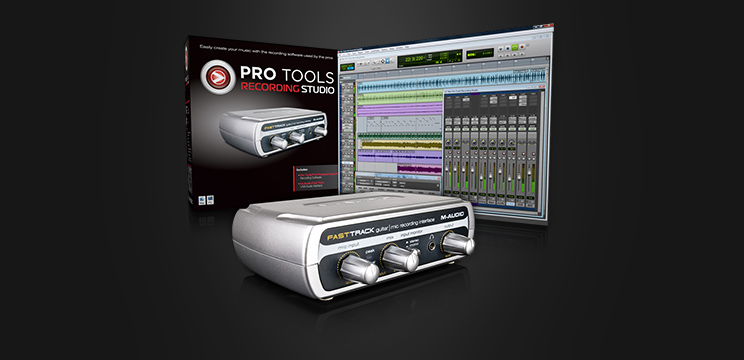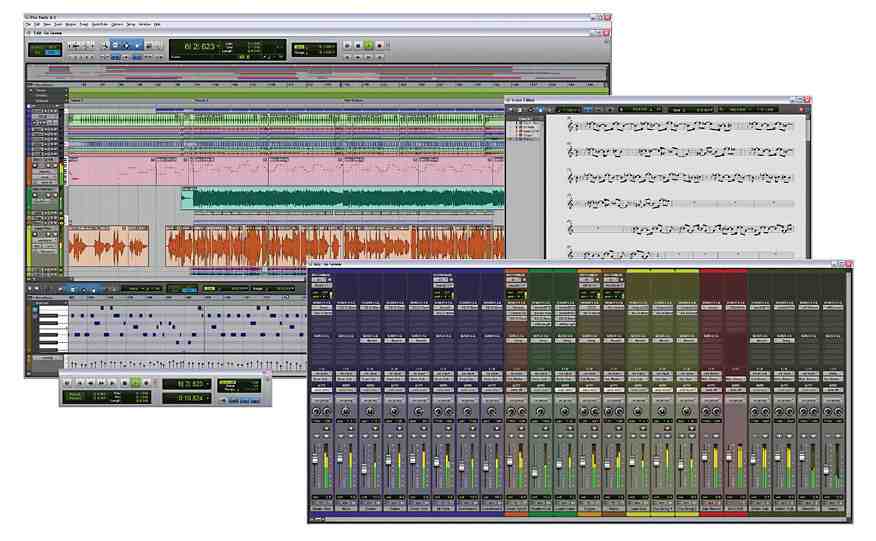One of the more difficult instruments to get sounding good in our recordings is the acoustic guitar. One reason is that acoustic guitar is a very tonally complex instrument. Another, is that unlike an electric guitar where the sound comes out in front of the amp, an acoustic has sound coming out of every side and angle. Most guitarists only hear their instrument from above, but conventional mic placement is always in front. This leads to many guitarists not liking how the recording sounds, but unsure exactly why.
A simple technique for a good sounding recording is to start with a single condenser mic about 12 inches in front of the guitar pointing at the edge of the hole and fretboard. Be careful of too much low-midrange as you get close to the sound hole. If you want stereo, use one mic pointing at the hole, and another pointing at the middle of the fretboard.
In addition to using mics in front of the guitar, a mic or 2 can be placed near the players head, pointing down at the guitar. Experiment with placement and always use your ears as a guide. Try recording each mic onto a separate track and then soloing each one to decide what you like or don't like about the sound.
Now that you've got all your tracks recorded, you've got a few options. One is to mix all the mics and process the tracks gently to produce a clean, single guitar track. Another option is to process each mic completely different from the others and use effects to produce some new and wild textures.
Starting with the stereo mics in front, pan one hard left and the other hard right. If your mic placement and room are good, this usually produces a clean stereo image. However, if the recording room is not the greatest, try panning them 50-70% to each side instead of 100%.
With the over-the-shoulder mics, solo each track, and if you find a frequency that you like, boost it a bit. If there is a problem frequency, cut it a little. This way you can get the best of each mic and mix them to make the best sound.
For that 'army-of-guitars' type of sound, try using some effects such as delay, drastic EQ, and distortion on a few of the tracks. Pan some hard left and hard right. Leave at least one track dry and unaffected to give some solidity and ground to the sound. Another way to get a thick sound is to double or triple track the same guitar part. Each performance will be slightly different and provide a great cohesive sound when mixed together.
 Once you have your ideas recorded and solidified, it's time to take another look at the lyrics. Most larger cities have some sort of songwriters group where you can share your ideas and get some constructive feedback.
Once you have your ideas recorded and solidified, it's time to take another look at the lyrics. Most larger cities have some sort of songwriters group where you can share your ideas and get some constructive feedback. After your lyrics are out of the way and you have your arrangement finished, it's time to make the song exciting. This can be done in a number of ways. One way is to use harmony in the chorus. This can help the chorus stand out as the theme of the song. Another way to add flair and excitement is to modulate up for the last chorus. This keeps the song building to the end, and adds excitement.
After your lyrics are out of the way and you have your arrangement finished, it's time to make the song exciting. This can be done in a number of ways. One way is to use harmony in the chorus. This can help the chorus stand out as the theme of the song. Another way to add flair and excitement is to modulate up for the last chorus. This keeps the song building to the end, and adds excitement.
